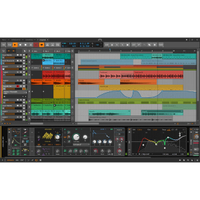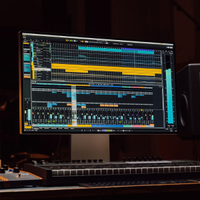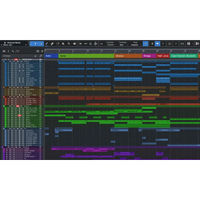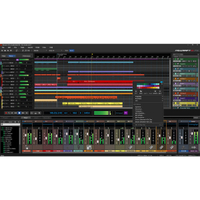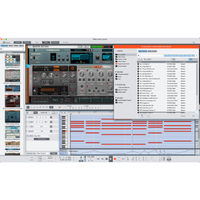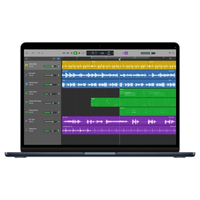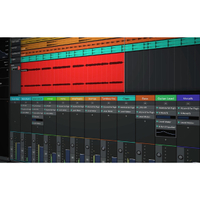Best DAWs 2025: The best digital audio workstations for PC and Mac
Our expert pick of music production software packages for every budget and application - tested and rated
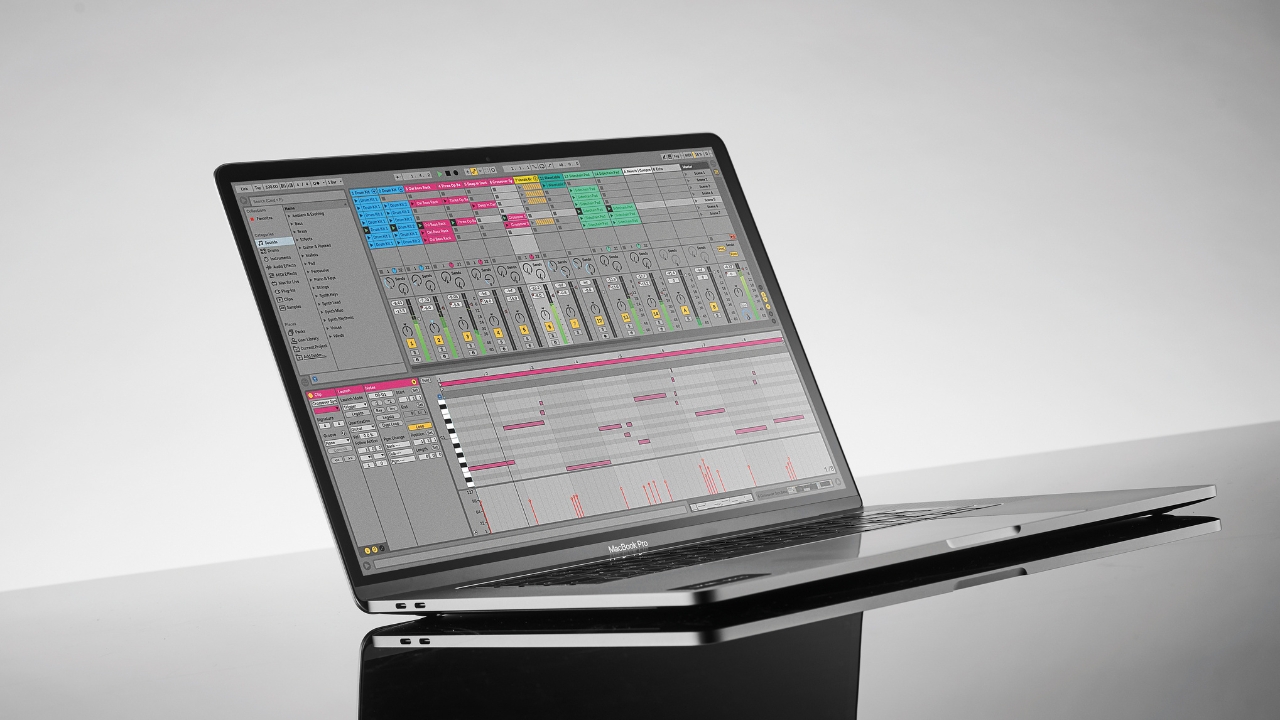
If you're going to start recording your own music, you'll need to pair up your audio interface, studio monitors, and studio headphones with one of the best DAWs. A DAW - short for Digital Audio Workstation - is where your recordings and arrangements come to life, and choosing the right one for you is a very personal decision.
There's a lot of choice nowadays whether you're producing entirely in the box with a MIDI keyboard or recording a full band. Many DAWs share a similar workflow so typically once you're well versed in one, you'll be able to pick up another very quickly. It's part of what makes using a DAW such a personal choice, as your favourite will be the one that allows you to turn your ideas into songs in the quickest and most fun way.
If you're producing electronic music, then our top choice would be Ableton Live. It's unique workflow will take some adjustment if you're used to another DAW, but once you're up and running it's an amazing software for songwriting. For those doing more traditional production roles recording bands, you'll need to get your hands on a copy of Pro Tools. The industry standard DAW for live recording, this powerful and endlessly customizable piece of software is perfect for linking up with external hardware and running huge projects.
There's a huge selection of DAWs in this guide, so there's no doubt one of these will be your perfect match. We've arranged our top picks by use case to make things a little easier for you, with the majority having been fully tested by our review team. If you still find yourself with some questions, check out our FAQs section for more useful information.
Our top picks

Probably the most impactful software of the past twenty or so years, Ableton Live completely changed how musicians create, particularly in the electronic space. Its unique workflow takes some getting used to if you've used other DAWs, but it's unmatched when it comes to sound design.
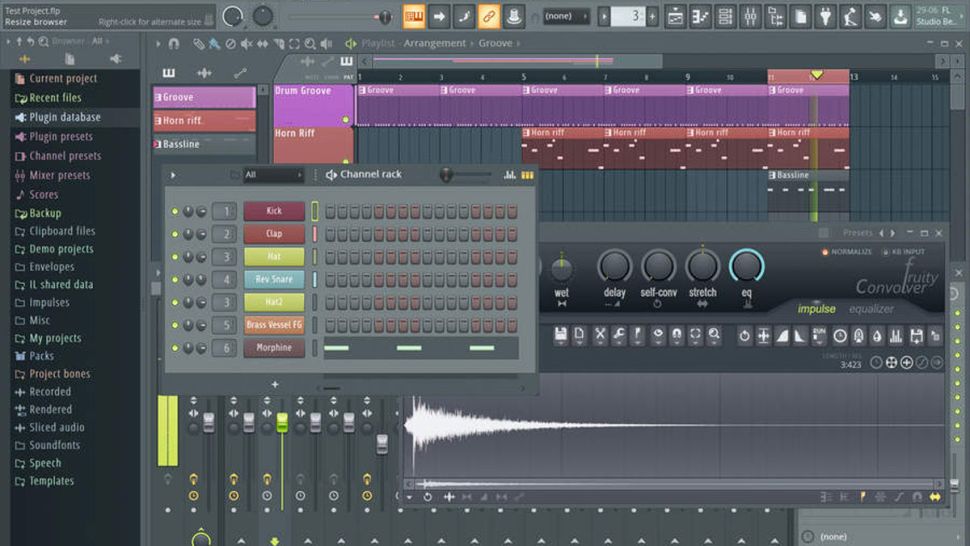
Calling FL Studio the best beginner DAW definitely undersells it, but the reason it's great for beginners is down to its ease of use. The step sequencer works brilliantly for beatmakers, and it delivers an intuitive experience that's easy for anyone to get on top of, even if you don't play an instrument already.
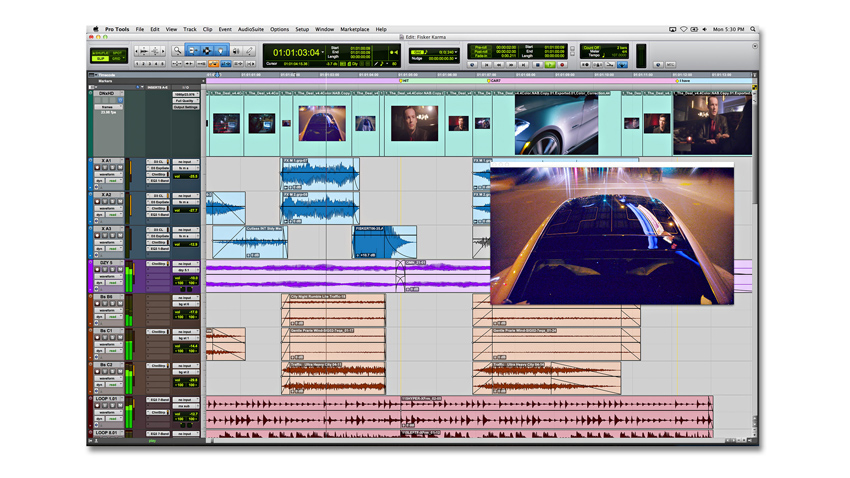
Pro Tools has a lot of haters online, but ultimately it is still the industry standard DAW for the recording industry. If you want to record bands or work in professional studios, this is the DAW you will need to learn. Recent updates have made it much more usable for home recording, and it has a huge amount of depth.
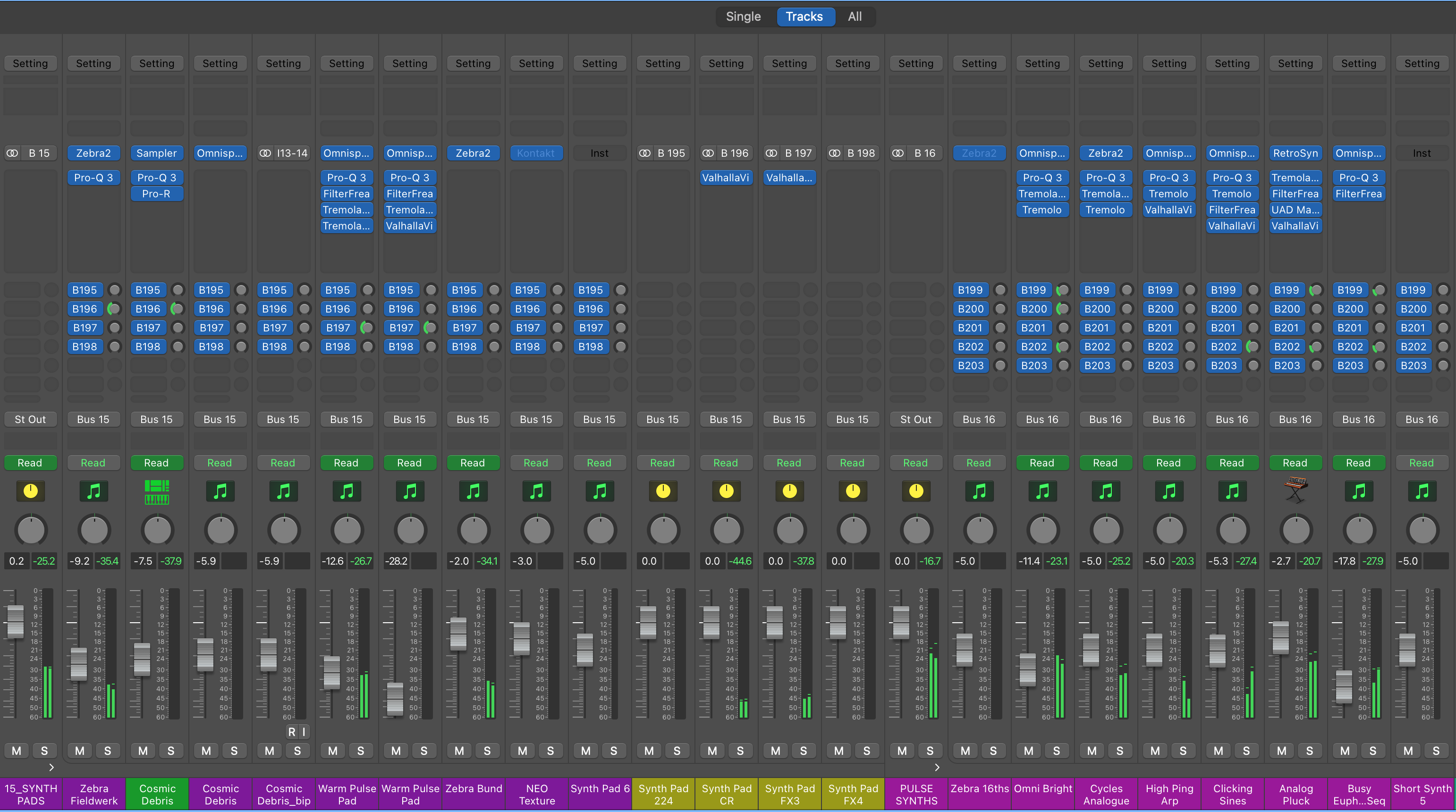
2024 has seen some huge updates for Logic Pro, including the addition of AI-powered session musicians who can lay down takes for your track and a built-in stem splitter. It remains one of the most complete DAWs on the market, perfect for those who are already embedded in the Mac OS and ecosystem.
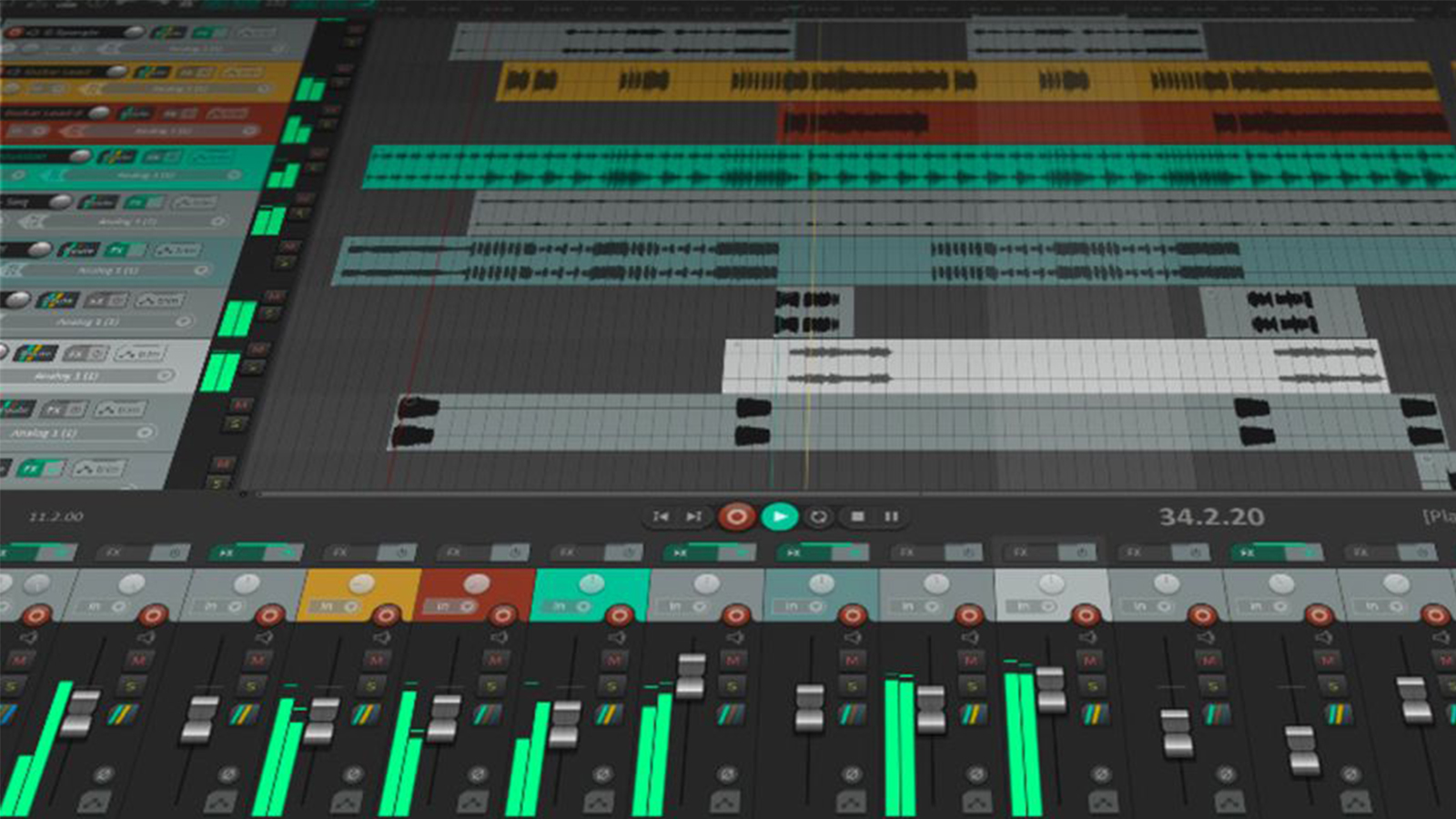
Reaper is a remarkably affordable cross-platform DAW that has a tiny footprint and sophisticated MIDI/audio routing capabilities. What's more, it's wonderfully responsive, with everything from scrolling and zooming to fader moves and item editing feeling quick and fluid.
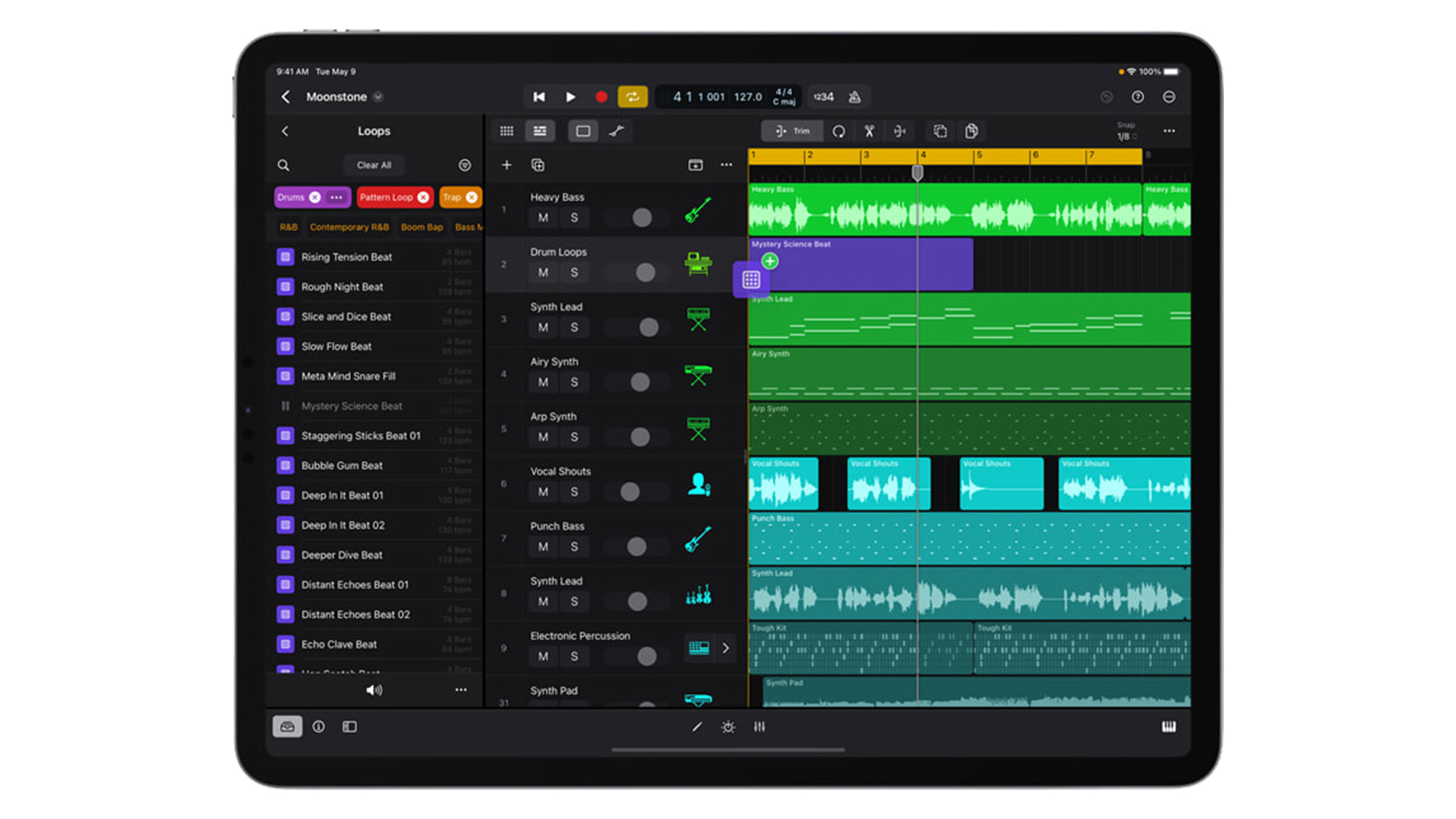
There have been numerous attempts at creating mobile DAWs over the past decade, some of which – such as Cubasis or BeatMaker – have proved genuinely impressive. But the most accomplished iOS music-making environment comes, perhaps unsurprisingly, from the creator of the iPad itself.
Best for electronic music

Specifications
Reasons to buy
Reasons to avoid
✅ Buy if you want to predominantly make electronic music: Ableton is capable of loads as a DAW, but it is predominantly used by those making electronic music, and its unique workflow makes it well suited to the task.
❌ Avoid if you're recording traditional bands: The workflow of Ableton makes it a little less easy for traditional recording, so avoid if you're going to be recording instruments live.
It's hard to overstate the impact that Live has had on the music software marketplace. When the first version was released in 2001 it threw out the traditional design rulebook and established itself not just as a recording program for composers, but also as a performance instrument in itself. Since then, it's exploded in popularity and influenced the development of countless other desktop and mobile apps.
The latest full version, Live 12 is one of the most significant updates to a DAW in recent years. This a couple of big new devices - the Meld synth and the Roar colouring/saturation effect - plus a new suite of MIDI tools that are designed to make it easier to come up with new melodic and harmonic ideas.
Live 12.1, meanwhile, arrived with Auto Shift (a new real-time pitch correction device), Drum Sampler (a one-shot sampler for drums) and much more. Perhaps even more significant are Live 12’s changes to the flexibility of the UI, a modernised browser and enhancement of the overall accessibility. All of this not only makes Live feel more modern and refreshed, but also opens up its usability to a wider pool of users.
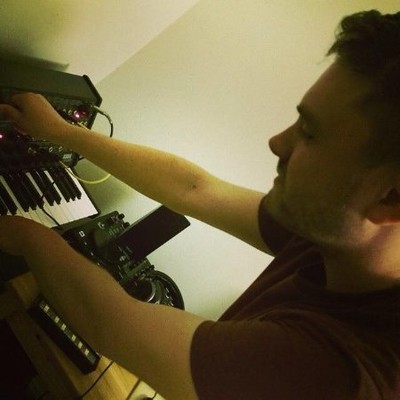
"In all, Live 12 has a lot to shout about. Compared to some previous iterations, there is a lot here that feels fresh and like it could have a significant impact on how users interact with the DAW. Some of these advancements feel like they’re due a little refinement in future updates – we wouldn’t be surprised to see subtle tweaks to how the MIDI tools or browser behave, which would be welcome. However you use Live though, there are new features here likely to appeal. "Read more: Ableton Live 12 Suite review
Best for beginners
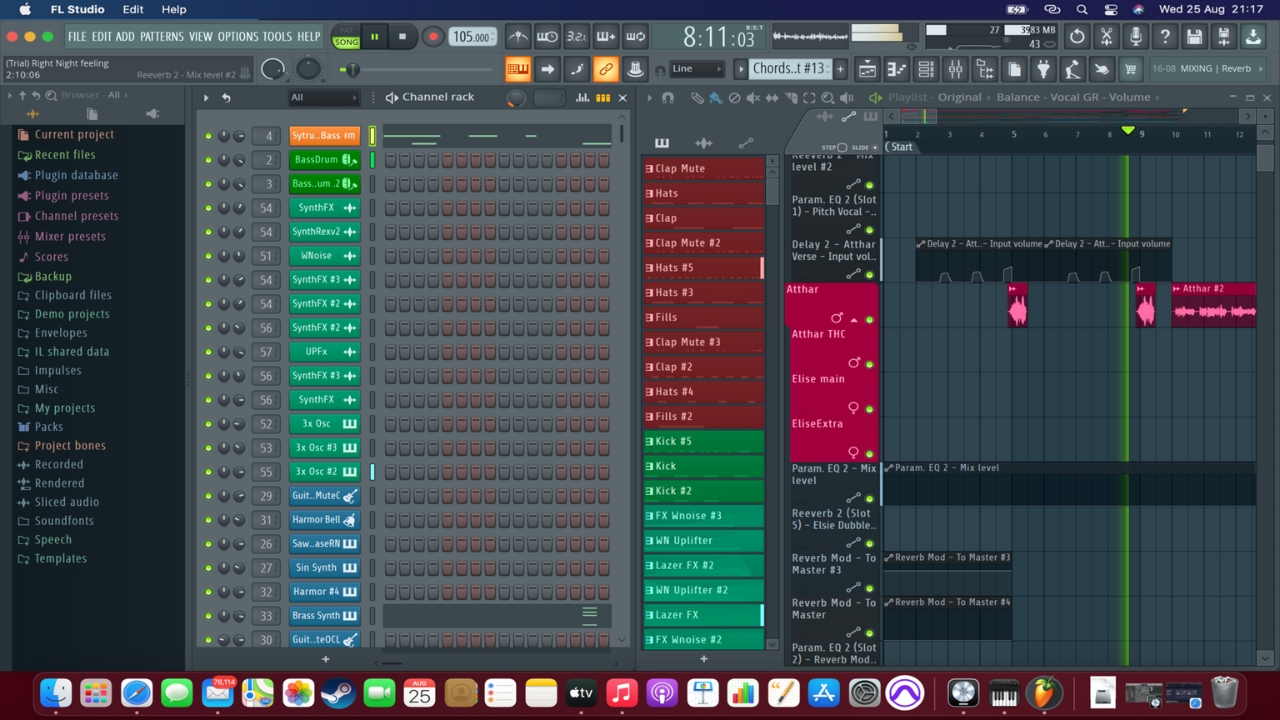
Specifications
Reasons to buy
Reasons to avoid
✅ Buy if you want to make beats: The step sequencer in FL Studio is one of the most intuitive around, making it an excellent DAW for beginner beatmakers.
❌ Avoid if you already know a different DAW: With a slightly unique workflow, there's an adjustment period when transitioning to FL Studio.
Originally launched as FruityLoops, Image-Line's DAW holds near-iconic status for a certain generation of producers, particularly in the hip-hop and EDM realms. Originally Windows-only, FL Studio now has a native 64-bit Mac version, too, meaning that it can now be used on macOS (as well as PC) without the need for a clunky workaround. Pleasingly, licences are shared between both Mac and PC versions.
Image-Line offers lifetime free upgrades to FL Studio users, meaning that all existing users of the software can download new versions on both platforms without paying a penny extra. The latest version of the DAW arrived as FL Studio 2024 (the follow-up to version 21), and with it comes a host of new music-making goodies that includes synth plugins, effects, AI-powered MIDI tools and more.
With its unique workflow, FL Studio offers a great entry-point into the world of music production, but to say that it's 'only for beginners' would be to do it a major disservice (check out our dedicated best beginner DAWs guide for more specific examples). If you like its approach, there's no reason why it can't be your DAW for life.
Read our full FL Studio 21 review

"While the plugin enhancements are great, they are not included in every version so it feels a little over the top to base all of our concluding thoughts on them. And, really, a lot of v21 is about the workflow improvements. You even get big options to adjust the screen colour and project hue which could aid your workflow more (although the white version is not really for us). And on that score, it’s a fine update: slicker, more refined and easier to use. FL Studio remains one of the most widely used DAWs for very good reason and with its free upgrades, it’s a DAW switch you could make for life."Read more: FL Studio 21 review
Best for bands
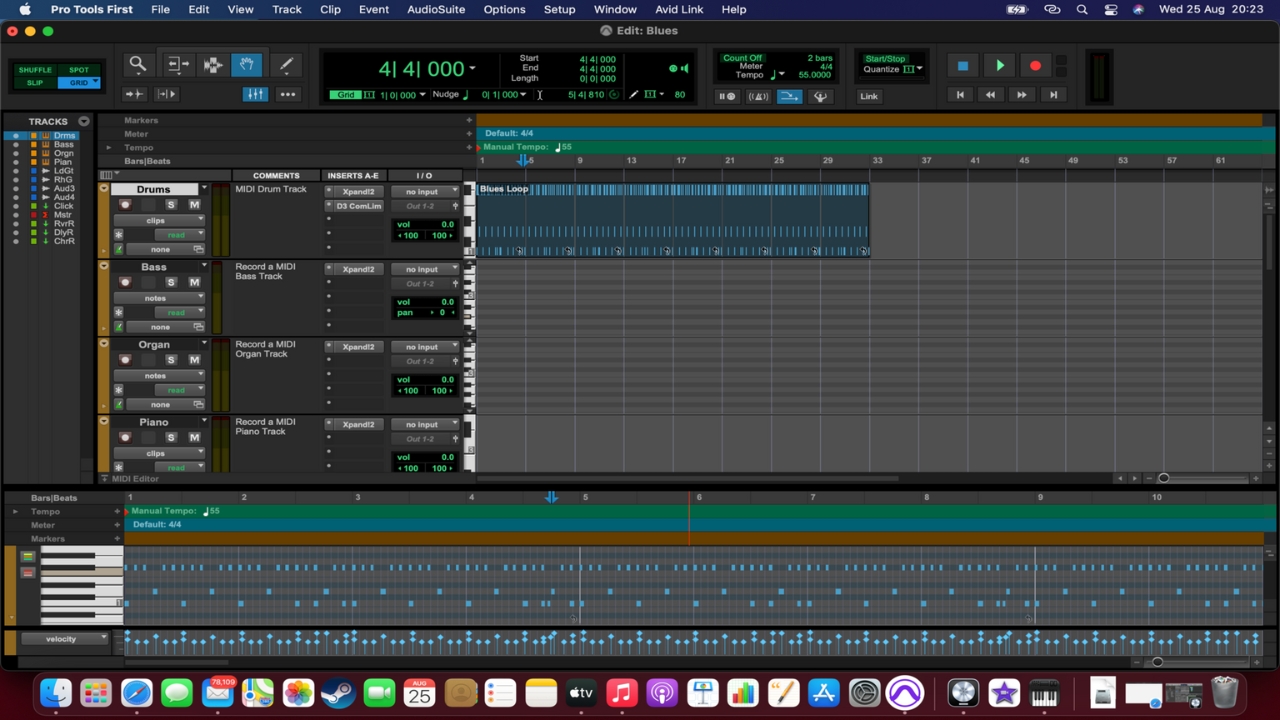
3. Avid Pro Tools
Our expert review:
Specifications
Reasons to buy
Reasons to avoid
✅ Buy if you want to record bands: As the industry standard DAW, Pro Tools is perfect if you want to record live instruments and bands in a traditional recording style.
❌ Avoid if you're a beginner: Pro Tools doesn't do much hand-holding, which can make it difficult to use if it's your first DAW. Better to cut your teeth on something easier like Garageband if you're a beginner.
Pro Tools gets a lot of flak online, but it remains the industry standard in recording studios around the world. Watch any video of a pro-engineer showing you some tips, and chances are they’ll be using PT. The software has never had quite the same impact in the home recording market, but knowledge of it certainly puts you at an advantage if you want to work in the industry.
2022 saw the biggest update of the Pro Tools line in years, with a new free version - Pro Tools Intro - using the same installer as the full software, meaning that it's fully compatible. This version added ARA 2 support for direct integration with Melodyne, and Aux I/O, a macOS-exclusive feature that enables flexible routing of audio between Pro Tools and other software/hardware.
The fun continued last year, when Avid introduced Pro Tools Sketch. Both a free iPad app and a new window in Pro Tools, this presents you with an Ableton Live-style clip launching interface that enables you to move away from a linear workflow to something that, for some people, will feel liberating.
2024, meanwhile, has heralded the arrival of a range of new MIDI tools and support for third-party MIDI effect plugins. Pro Tools is moving with the times, then, and if you've dismissed the software before, or you want to work in physical recording studios, now’s the time to take another look.
Best for Mac
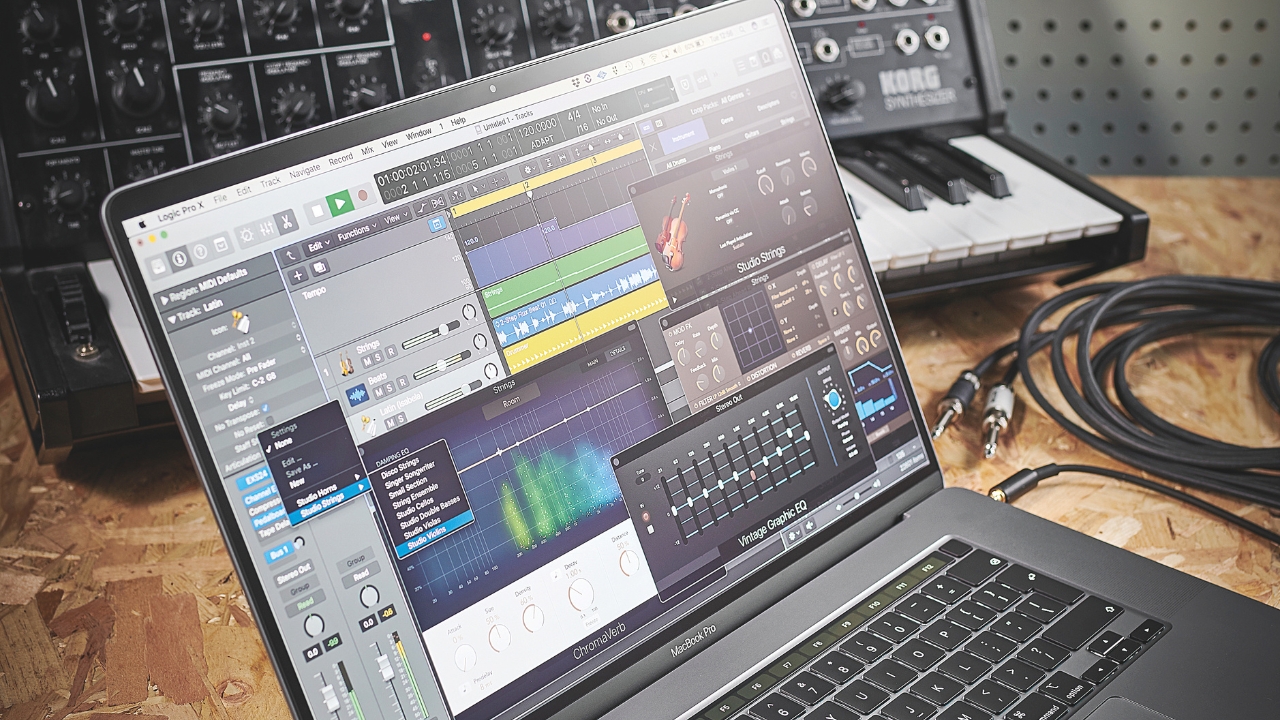
Specifications
Reasons to buy
Reasons to avoid
✅ Buy if you want to record on a Mac: Designed by the same people who build Apple machines, Logic Pro is a great choice if you're already part of the Mac ecosystem.
❌ Avoid if you're on a PC: This software is only available for Mac OS, so one to avoid if you're using a PC for your music-making tasks.
2024 has been a big year for Logic Pro - Apple’s flagship DAW - on both the Mac and iPad, which have received versions 11 and 2 respectively. Leading the way in each edition are new AI-powered features: Bass and Keyboard ‘Session Players’, which do for these instruments what Drummer does for drums; Stem Splitter, which breaks apart stereo material so that you can create remixes; and ChromaGlow, a new effect that promises to add “instant warmth”.
While long-time users might argue that the new features represent a ‘dumbing down’ of the software, they do have the potential to bring new people through the door, and that, ultimately, is probably what Apple wants. The Session Players, for example, are definitely skewed towards budding songwriters who might not have the musical skills to turn their ideas into reality, but they could also be ‘misused’ by electronic musicians by using different sounds and pushing the settings to more extreme or unusual levels.
And, of course, all of the composing, recording, and mixing features from previous iterations of Logic are still here. These new versions of Logic Pro won’t write and produce a song for you, but they’re certainly the most helpful, user-friendly updates to the software yet.

"With these new versions of Logic Pro, it feels like Apple is giving us the friendly, helpful face of AI. As we reach a point where you’ll soon be able to make a track simply by typing a text prompt or two, the Session Players almost feel rather quaint, and certainly not the crushing blow to human creativity that some might have feared. Musicians and producers remain in control for now - it remains to be seen for how long."Read more: Apple Logic Pro 11 review
Best budget
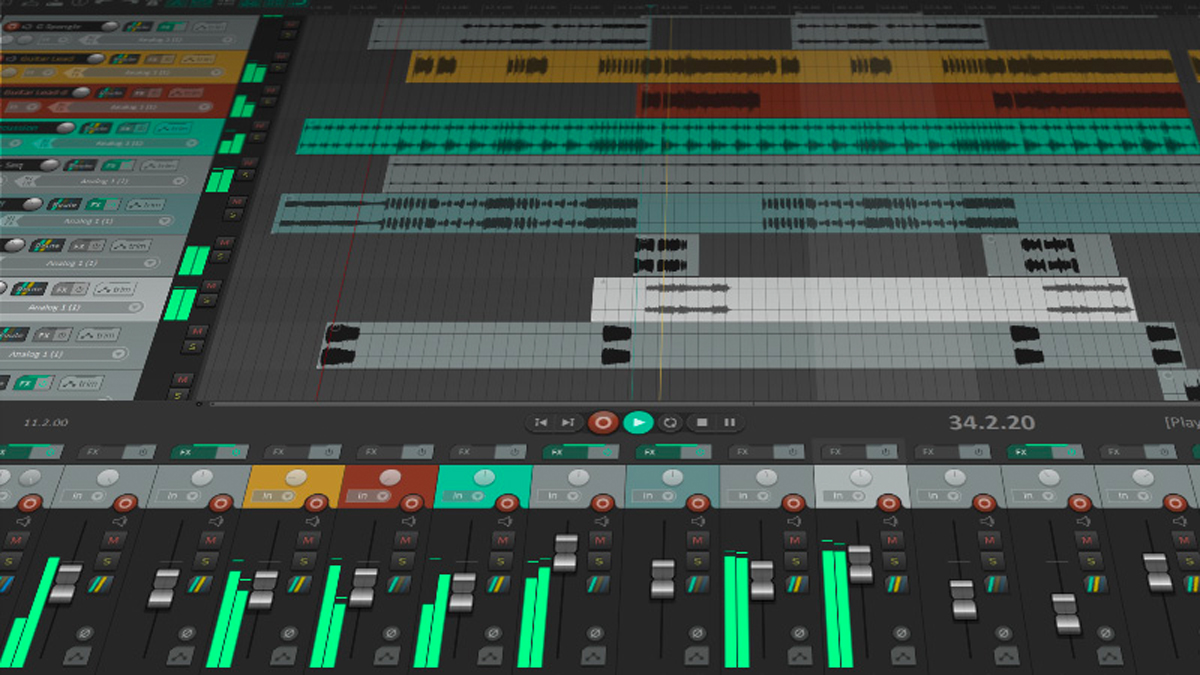
5. Cockos Reaper
Our expert review:
Specifications
Reasons to buy
Reasons to avoid
✅ Buy if you want to record on a budget: If you haven't got much of a budget to spend on recording or you'd rather buy some more microphones and plugins.
❌ Avoid if you need instruments: Unlike a lot of others on this list, Reaper doesn't come with all that many virtual instruments, which could make it difficult if you're just getting started.
For the benefit of those not in the know, Reaper is a remarkably affordable cross-platform DAW that has a tiny footprint and sophisticated MIDI/audio routing capabilities.
This is one of the most customisable and affordable DAWs around. What's more, it's wonderfully responsive, with everything from scrolling and zooming to fader moves and item editing feeling quick and fluid. Reaper 7 demonstrates that the software is still moving with the times, thanks to the addition of Track Lanes (use them to manage takes, layer sounds, assemble alternate track versions or store playlists), Swipe Comping (for fast assembly of multiple takes), FX Containers (create your own chains) and more track channels and MIDI I/O.
Factor in some budget for the soundware of your choice and Reaper makes for a top-class music production environment, and with a free 60-day evolution period, you're given plenty of time to find that out for yourself.
Best for iPad
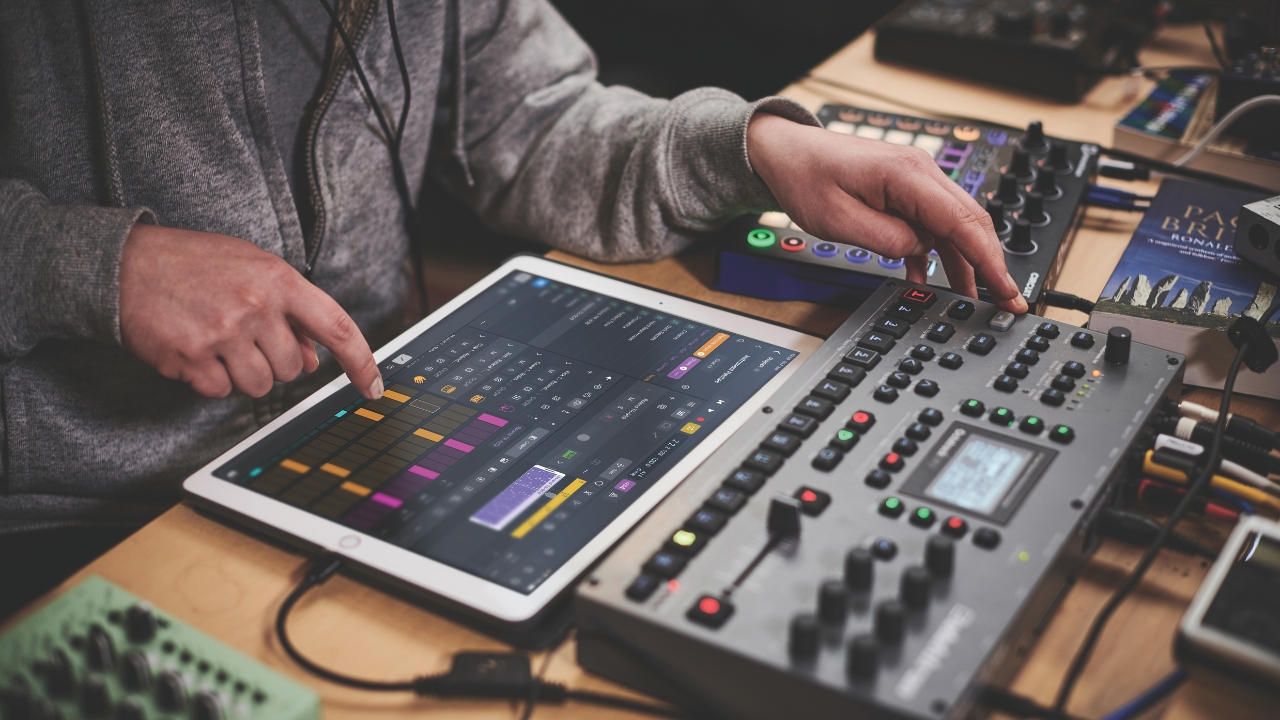
Specifications
Reasons to buy
Reasons to avoid
✅ Buy if you're making music with an iPad: Now powerful enough for serious music-making, this is the perfect DAW for those using an iPad to create their music.
❌ Avoid if you don't like subscriptions: Logic Pro for iPad is only available as a subscription, there's currently no way to buy it outright which might be a deal breaker for some.
There have been numerous attempts at creating mobile DAWs over the past decade, some of which – such as Cubasis or BeatMaker – have proved genuinely impressive. But the most accomplished iOS music-making environment comes, perhaps unsurprisingly, from the creator of the iPad itself.
Logic Pro for iPad is built on what Apple has learned from years of developing GarageBand for iOS. Much like its entry-level sibling, the iOS version of Logic benefits from making the most of the touchscreen control surface, rather than simply trying to replicate the desktop workflow. This is done through a simplified user interface with fewer menus, as well as the inclusion of some genuinely excellent ‘touch’ optimised instruments like Sample Alchemy and Beat Breaker. It works very effectively with Apple’s Pencil accessory,too.
What’s most impressive about Logic for iPad is how little functionality is lost as a result of this optimisation; in fact, version 2 gets pretty much the same suite of new features as the latest Mac version (see above). Desktop users will recognise the DAW’s many staple instruments, tools, and effects, and AUv3 compatibility means that it can even host compatible third-party plugins.
Honestly, my only criticism is that Logic for iPad is subscription only, with no option for outright purchase.

"Logic Pro for iPad is great not only for tablet-based musicians, but the iOS music-making scene in general. In some ways, the software feels like the culmination of everything Apple has been trying to achieve in the creative part of its multitouch universe, and offers fresh impetus to both musicians and third-party developers who are willing to explore it. It might not be a replacement for the Mac version, but Logic Pro for iPad is a killer application in its own right, and one that has the potential to re-energise both your creativity and the iOS music-making space in general."Read more: Apple Logic Pro for iPad review
Also consider
The above DAWs should have you covered for most types of recording. We always appreciate that not all musicians prefer a similar workflow though, so if those don't meet your needs, here are some more great options to look into.
Bitwig Studio
PC/Mac/Linux
Version 5 of Bitwig Studio offers an all-new browser, modulators in the mixer, Remote Controls on the track and project, new clip launcher features and, perhaps most importantly, additional MSEGs (Multi-Stage Envelope Generators). Subsequent point release updates have added more effects and a number of workflow improvements.
This is all in addition to The Grid, Bitwig Studio's own built-in modular environment, which helps to make the software feel as much like an instrument as it does a recording package. In fact, if you want to experiment, you could argue that Bitwig's DAW is as good as it gets.
★★★★★
Read more: Bitwig Studio 5.2 review
Steinberg Cubase
PC/MAC
Despite increased competition, Cubase is still up there at the head of the DAW pack. As with most incremental updates, 14 is more evolutionary than revolutionary, offering new modulator tools, pattern sequencer, and some fresh effects with shimmer and studio delay.
For new purchasers, the many excellent plugins, extensive sound library, and massive functionality continue to make Cubase worth the price of admission, and it's worth noting that the more affordable Artist and Elements editions come with decent feature sets, too. All of which is to say that the Cubase train shows no sign of slowing just yet.
★★★★½
Read more: Steinberg Cubase Pro 14 review
PreSonus Studio One
PC/Mac
Every iteration of Studio One adds new features and version 7 is no different. With Splice integration, stem separation, and clip launching alongside some refreshed instruments, it's arguably the best edition we've seen thus far.
It's a creative update aimed at making music creation easier, and would be a great introduction to the world of DAWs for beginners. With a fantastic workflow for editing and mixing, it's a great all-rounder that will suit many musicians.
★★★★½
Read more: PreSonus Studio One review
Acoustica Mixcraft
PC
When PC users ask us if it’s possible to get a GarageBand-style application for their operating system, we tend to point them in the direction of Mixcraft. Through its nine major updates, Mixcraft has evolved from a basic starter app to a genuinely impressive DAW, taking on features normally associated with costlier alternatives.
Mixcraft 10 is notable for its new interface, which promises to be easier to navigate. Menus have been simplified, and the project start window, plugin manager, piano roll, automation tools, libraries, and mixer panels have all been enhanced. There are more customisation options, too, along with an integrated Mixcraft Store that enables you to purchase new content from within the application.
★★★★½
Read more: Acoustica Mixcraft 9 Pro Studio review
Reason Studios Reason
PC/Mac
Reason has undergone some big changes over the past few years. In 2019, its developer, Propellerhead Software, became Reason Studios, and version 11 of the rack-based DAW was released. This introduced the Reason Rack Plugin, which enables the DAW’s core tools to be used as a VST 3 or AU plugin within another DAW.
Of course, you can still use Reason as your main DAW, but with the stock instruments and effects now available to use anywhere you like, and a new MIDI Out device for controlling your external gear, this is the most attractive that the software has looked in years.
★★★★☆
Read more: Reason Studios Reason 13 review
Apple GarageBand
Mac
More than 20 years after a fresh-faced John Mayer helped to launch it at Macworld, GarageBand has matured into a pretty capable DAW. Sure, it’s great for newbies, but dig a little deeper and you’ll find some rather more advanced features, too.
Non-musicians can simply sequence the supplied audio loops, but a decent collection of software instruments comes supplied, too, as does multitrack recording functionality and a good selection of virtual guitar amps and stompboxes. Drummer is great for automatically generating beats, Smart Controls make for more pleasant editing of sounds, and you can even use the Logic Remote iPad app to control the software.
★★★★☆
Tracktion Waveform Free
PC/Mac
Tracktion’s Waveform application comes in two versions – the paid-for Waveform Pro, and the free-to-download Waveform Free. This isn’t necessarily a unique setup within the DAW market, the likes of Presonus and Avid also offer free, entry-level versions of Studio One and Pro Tools respectively. What sets Waveform apart, however, is how much you get for your no-money, making it one of the best free DAWs out there.
The free version of Waveform is capable of working with both MIDI and audio tracks. It comes complete with several sample-based instruments, a suite of capable audio effects and clip-based sequencing tools that are great for electronic production. It’s compatible with VST and AU plugins too, meaning you can easily expand its stock arsenal of tools.
★★★★☆
How to choose
As we’ve already noted, the best DAW for you is the one that you find it easiest to make music with, so it’s worth trying demos of all the software that you’re considering. Think carefully about how you’re going to work, and the elements of the digital audio workstation that are most important to you.
A DAW can be used throughout the music production process: for recording, editing, arranging, mixing and even mastering. If you can, try working through this process - demo versions of many DAWs are available - so that you can test the workflow. If you frequently find yourself struggling and are constantly consulting the manual, the software you’re using probably isn’t for you, and it could be time to look elsewhere.
It goes without saying that, before you buy, you should also make sure that your prospective DAW is compatible with your computer, any other hardware that you might have, and any plugins that you consider essential to your workflow.
FAQs
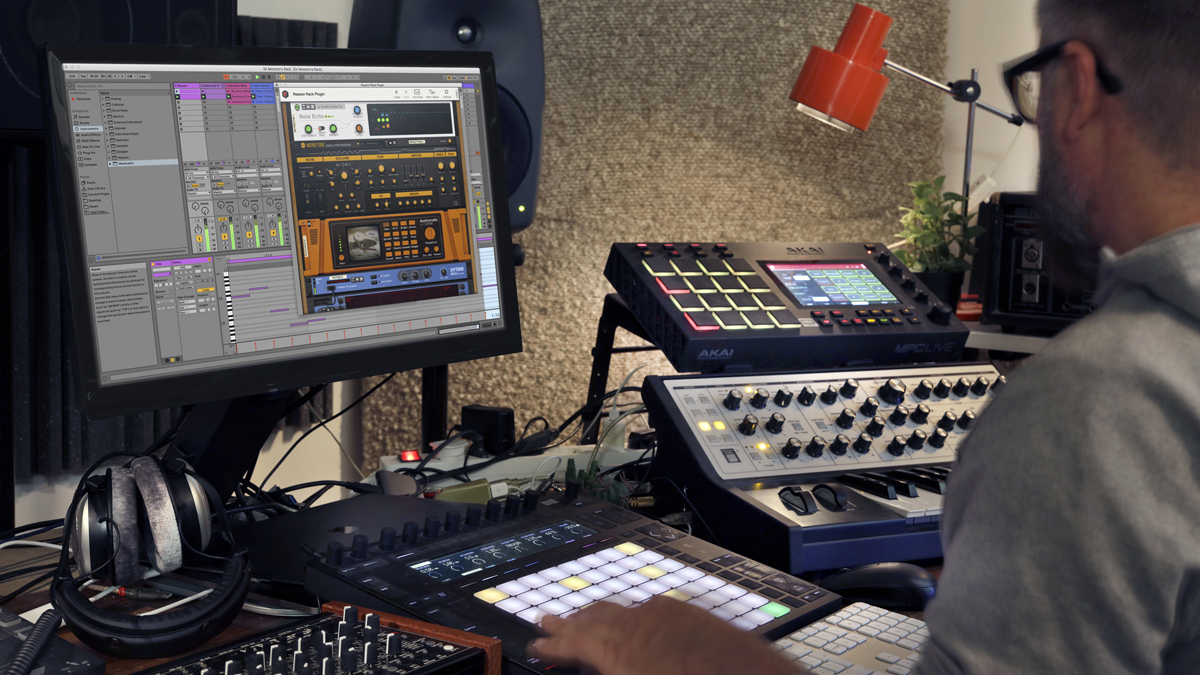
What is a DAW?
DAWs - or Digital Audio Workstations - are programs you can use to create, record, edit and arrange music. They allow you to visualize your compositions, making editing and arranging much easier.
What is a sequencer?
At the heart of almost every DAW lies something called a sequencer - in fact, sequencers are such an integral part of DAWs that you'll often hear a DAW simply referred to as a sequencer.
Early sequencers were big, clunky hardware devices used to tell other hardware devices (such as drum machines and keyboards) what to play, using a type of performance message called MIDI.
You would first program the sequencer, which would in turn send the MIDI data (containing instructions for what notes to play and when) to outboard devices, which would then interpret the data and turn it into sound.
Indeed, you would 'sequence' a whole song in this way, which would be played back and then recorded to tape.
Modern sequencers are not fundamentally different, but because they're software-based and incorporated into a powerful DAW, they're much more flexible. You can change parts and move them around far more easily, and record actual sounds (audio) as well as sending and receiving MIDI. You can also play software instruments - you usually get some of these with your DAW - and apply effects (again, you usually get some of these bundled in)
Sequencers are used to organise several instruments or parts, and each of these parts is loaded onto a 'track'. Therefore, a 64-track sequencer would enable you to have up to 64 different parts playing in unison.
How does a DAW work?
The performance information for each track is usually mapped out on a timeline, a space in which time is displayed horizontally and tracks are displayed vertically. When you press play, a vertical line called a playhead moves through the song from left to right, and when it reaches an event within a track, the associated sound is heard.
The transport controls contain everything from the standard play, pause and record buttons to repeat (or looping) controls and more.
To adjust the volume of each of the tracks, your DAW also contains a mixer. A hardware mixer is a device used to balance the volumes of separate sound sources, and combine or 'mix' them all to be played through just one set of speakers.
The software equivalent in a DAW works on exactly the same principle. Each of the sequencer's tracks has something called a channel strip, and each track's channel strip is where the volume, panning (where the sound sits in the stereo field, ie, left or right), routing (where the sound comes from and goes to) and more are all controlled.
Each channel strip also has a few buttons such as mute, solo and record arm/enable.
Almost all DAWs also support plugins - additional effects and instruments that can be loaded in used in your productions. These come in a range of formats and can massively expand your sonic horizons.
How we test
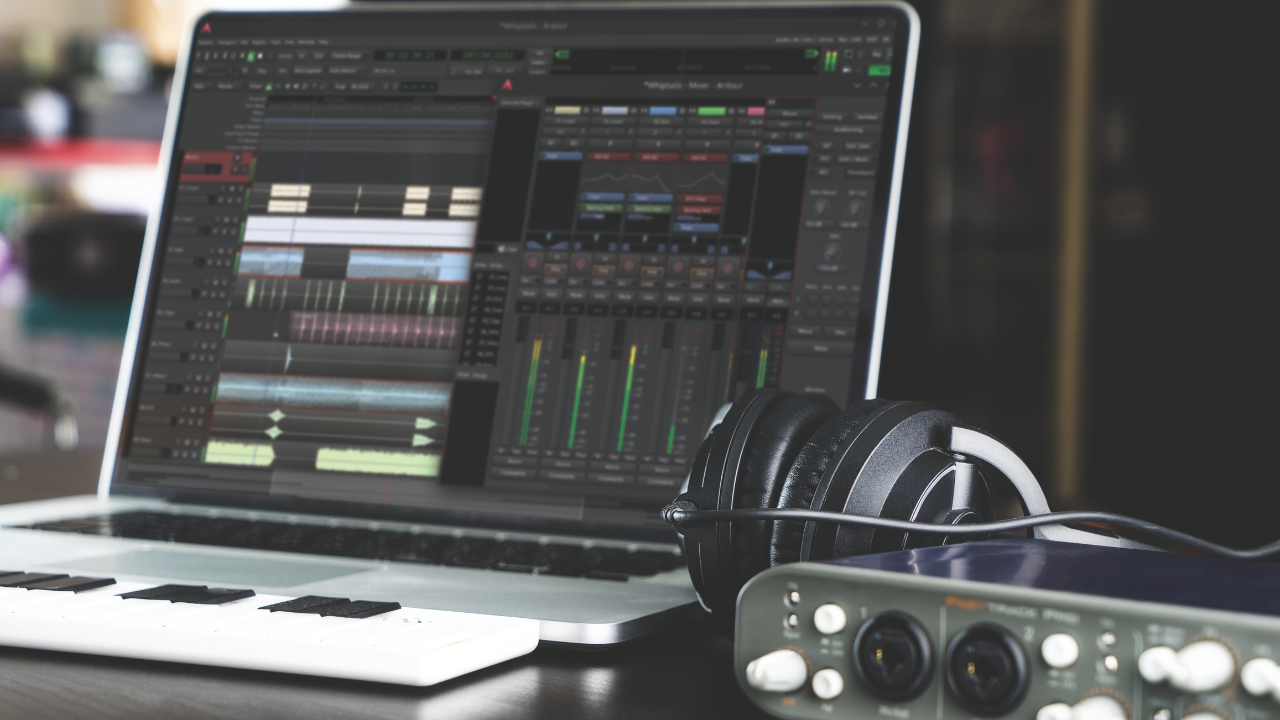
Here at MusicRadar, our reviews team uses DAWs in their day-to-day lives, whether that's making EDM via Ableton or recording bands in studios with Pro Tools. The DAW is a crucial part of creating music in the modern age, and as music makers ourselves, we've got plenty of experience using them in the real world.
So when we're testing a DAW for review, our first port of call is to see how far we can get without diving into the manual. We're testing the ease of use primarily here, looking to see how easy it is to get started making music, and looking through the lens of a beginner if it's particularly difficult to discern.
Next, once we've learned our way around it, we'll begin crafting a basic production to test the stock instruments, how it interacts with an audio interface, and what it feels like to actually create with it. It's a great barometer for the intuitiveness of any DAW, and allows us to explore deeper editing and creation features.
Once we've got the bare bones of a production going, it's time to mix. Using only the onboard tools we'll determine just how usable the stock EQs, compressors, delays, and reverbs are, as well as how many of them there are to play around. We're looking to see all the basic tools covered here, allowing musicians to get mixing without having to purchase additional plugins.
Our final step in the testing phase is to run some sort of stress test, similar to DAW Bench. Here, we'll load up the DAW with multiple tracks containing virtual instruments until the session is overloaded. It's a great way to gauge how a DAW will perform under load, but we'll also caveat that with the fact that your computer and audio interface drive play a part in this.
Find out more about how we test music gear and services at MusicRadar.
Latest updates
Disclaimer
16/01/25: The page furniture has been significantly updated to improve the overall flow of the page. The format of the 'also consider' section has been completely refreshed, and expert verdict boxes have been added to the product entries to offer more information. Each product entry has also received an 'at a glance' boxout for further insight, and we've added an 'how to choose' section too.
Related buyer's guides
MusicRadar's got your back
- Our guide to the best budget PCs for music production
- Take a look at the best audio interfaces
- Tweak your mix with the best studio monitors
- The best MIDI keyboards
- Mix it up with our pick of the best studio headphones
Get the MusicRadar Newsletter
Want all the hottest music and gear news, reviews, deals, features and more, direct to your inbox? Sign up here.

I’m the Deputy Editor of MusicRadar, having worked on the site since its launch in 2007. I previously spent eight years working on our sister magazine, Computer Music. I’ve been playing the piano, gigging in bands and failing to finish tracks at home for more than 30 years, 24 of which I’ve also spent writing about music and the ever-changing technology used to make it.
- Si Truss
- Matt McCrackenJunior Deals Writer
